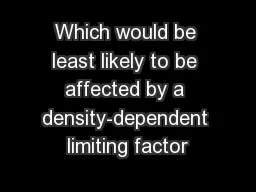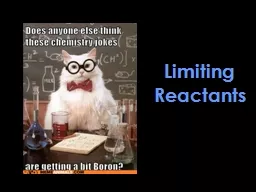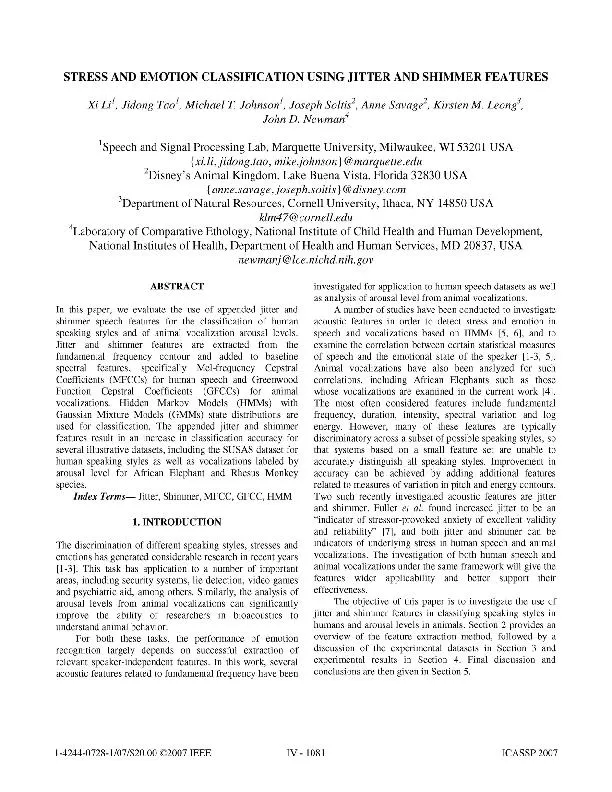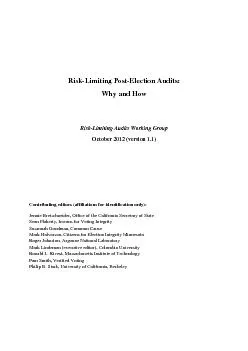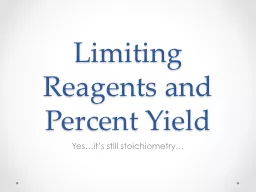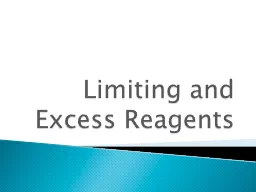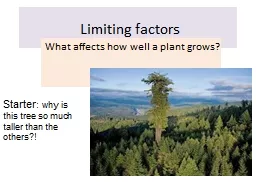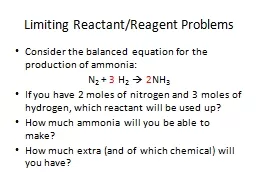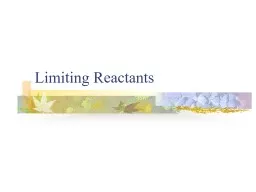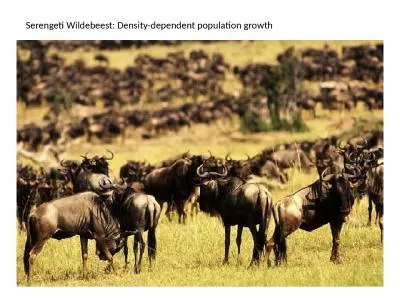PPT-Which would be least likely to be affected by a density-dependent limiting factor
Author : pamella-moone | Published Date : 2018-09-25
A large dense population or a small scattered population A small scattered population Two ways a population can decrease in size decreased birthrate and emigration
Presentation Embed Code
Download Presentation
Download Presentation The PPT/PDF document "Which would be least likely to be affect..." is the property of its rightful owner. Permission is granted to download and print the materials on this website for personal, non-commercial use only, and to display it on your personal computer provided you do not modify the materials and that you retain all copyright notices contained in the materials. By downloading content from our website, you accept the terms of this agreement.
Which would be least likely to be affected by a density-dependent limiting factor: Transcript
Download Rules Of Document
"Which would be least likely to be affected by a density-dependent limiting factor"The content belongs to its owner. You may download and print it for personal use, without modification, and keep all copyright notices. By downloading, you agree to these terms.
Related Documents

